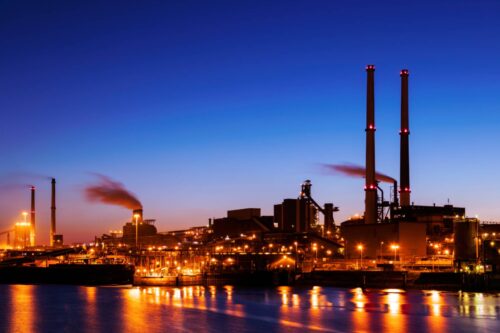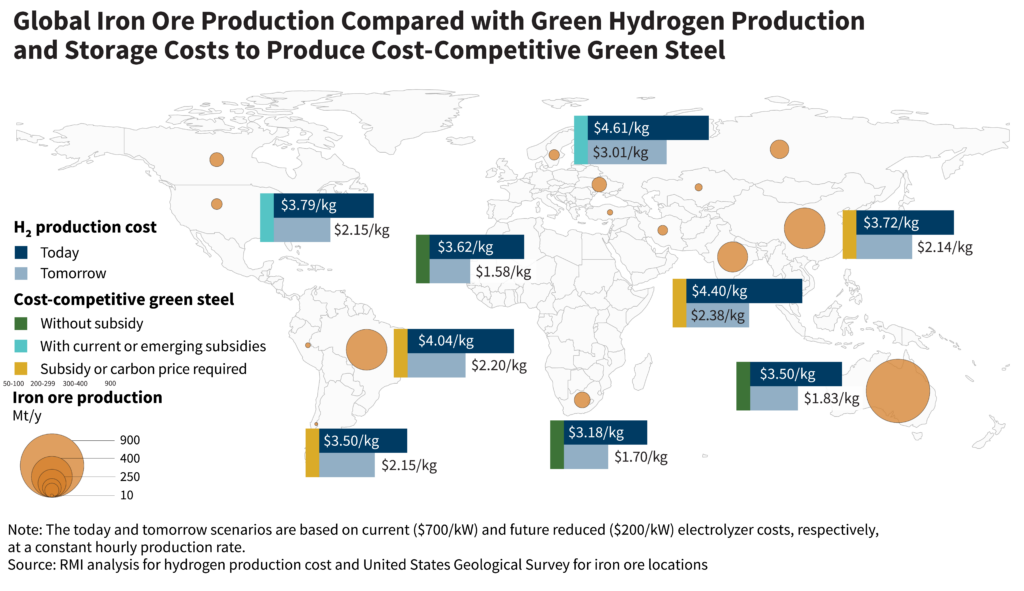
Report | 2022
Steel Yourself
Implications of Peak Demand in the Energy Transition
For the past two decades, the steel industry has been characterized by a “super cycle” of growth. This growth, although slowing in pace, has led in part to the sector’s emissions being higher than those from any other material industry. To bring the steel industry into alignment with a 1.5°C climate outcome, steel demand will need to peak between 2035 and 2040, according to the energy transition pathways we analyzed in this brief.
However, current industry growth outlooks point to continuing demand increases. Absent near-term actions to decarbonize the currently emissions-intensive steel industry, end-users could be forced to drastically reduce steel consumption to meet climate targets.
To resolve the disconnect between industry growth outlooks and a climate-aligned pathway, the industry either needs to accelerate the pace of decarbonization to reduce the need for demand-side interventions, or else risk attempting to raise capital to facilitate the transition in an environment of falling demand. We found that delaying action on emissions reductions until 2030 would require demand to decline by 50 percent to 2050 to maintain climate alignment. This scenario presents a significant risk to the entire steel supply chain but particularly to primary (ore-based) steel production.
Steelmakers can avoid this outcome by investing in zero-carbon primary steel production, such as green hydrogen-based technologies. Industry first movers will be rewarded with significant market opportunity, especially in renewables-rich, iron ore-producing countries like Australia, Brazil, and South Africa.
The message from the latest IPCC report is clear: it will be impossible to stay aligned with our climate objectives without stronger and immediate action. This insight brief explores the consequences of a climate-aligned demand outlook for steel and outlines the opportunities for steelmakers to avoid the worst implications of stagnating demand by taking advantage of favorable locations for green steel production to accelerate emissions reductions.

